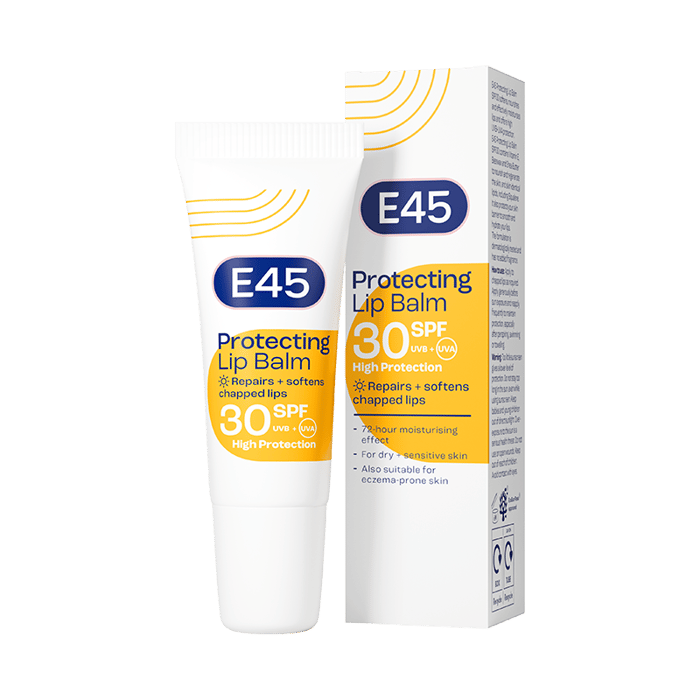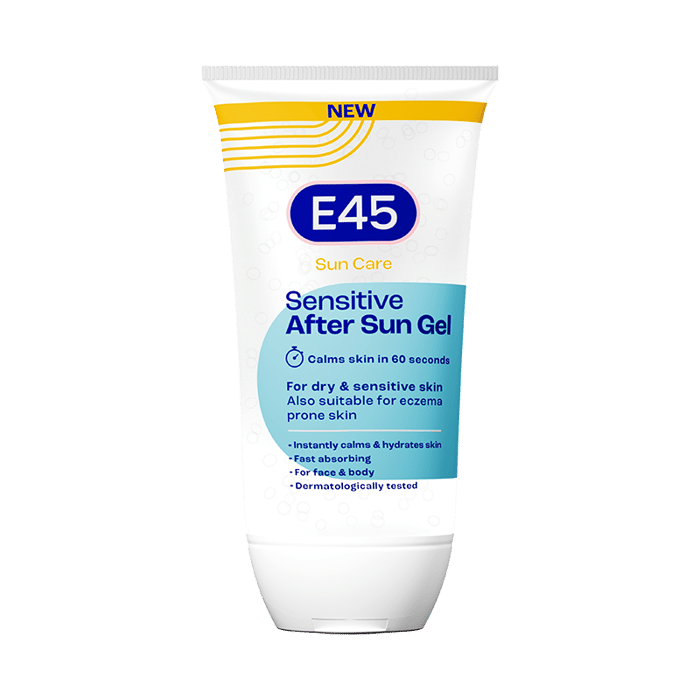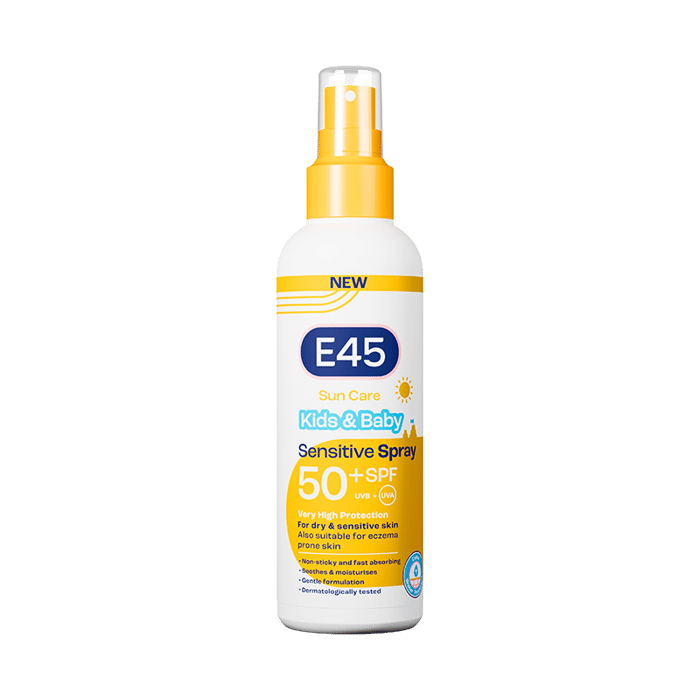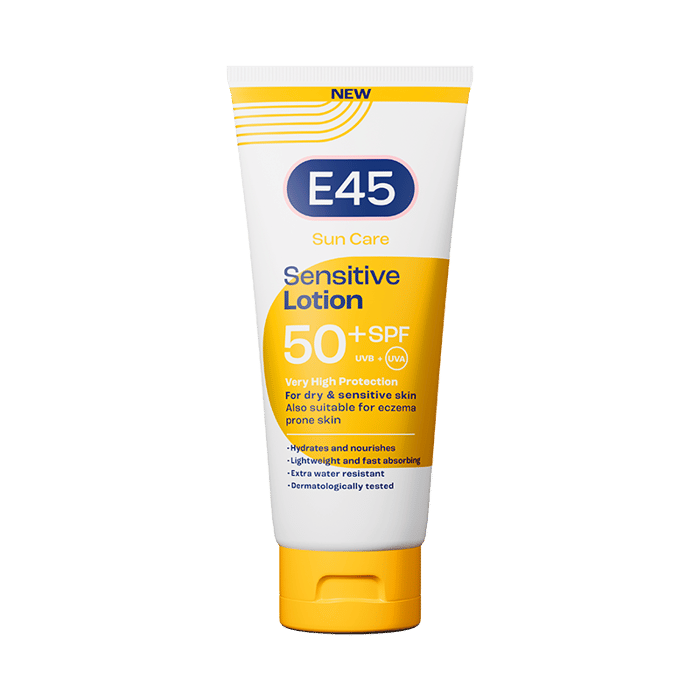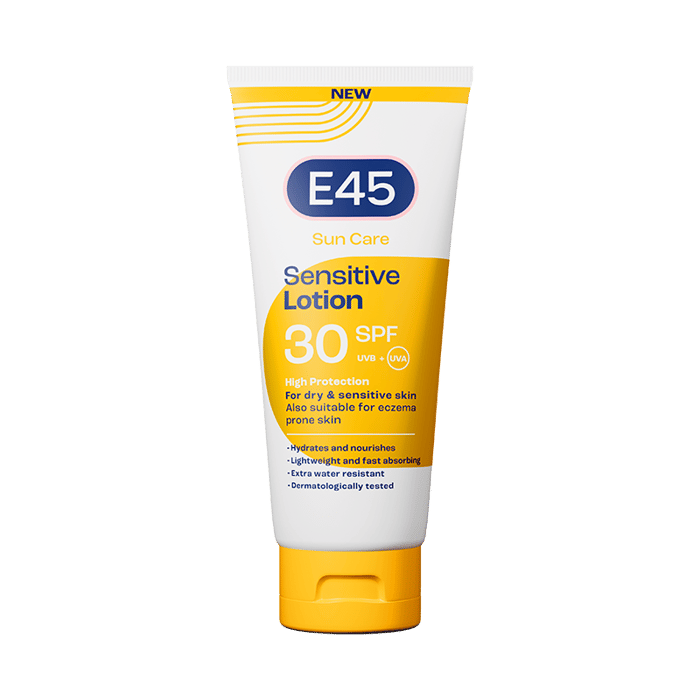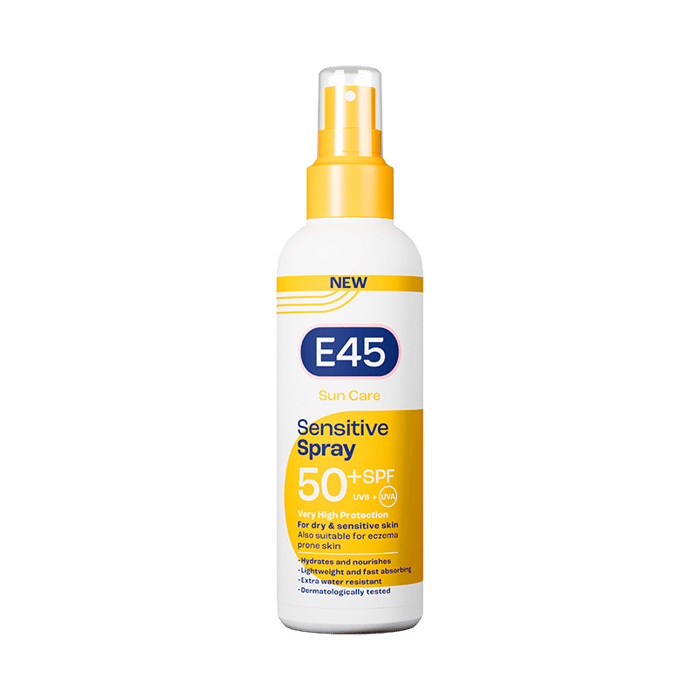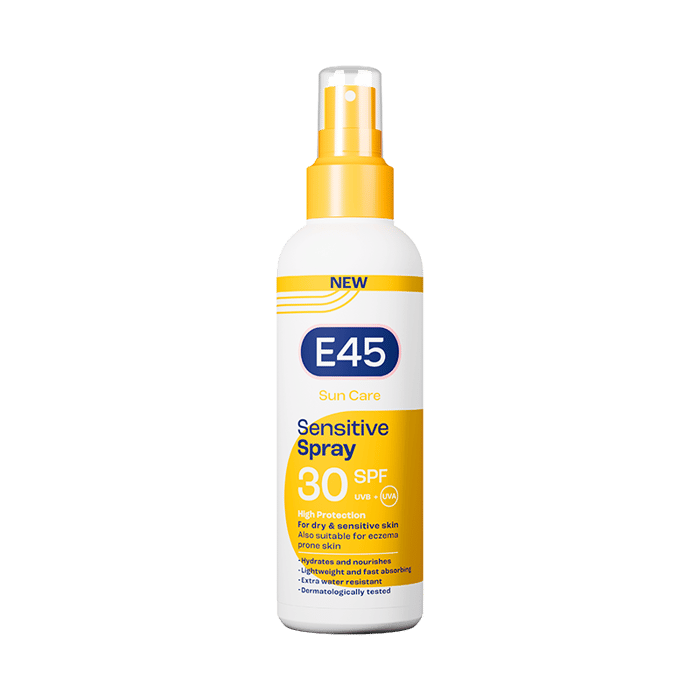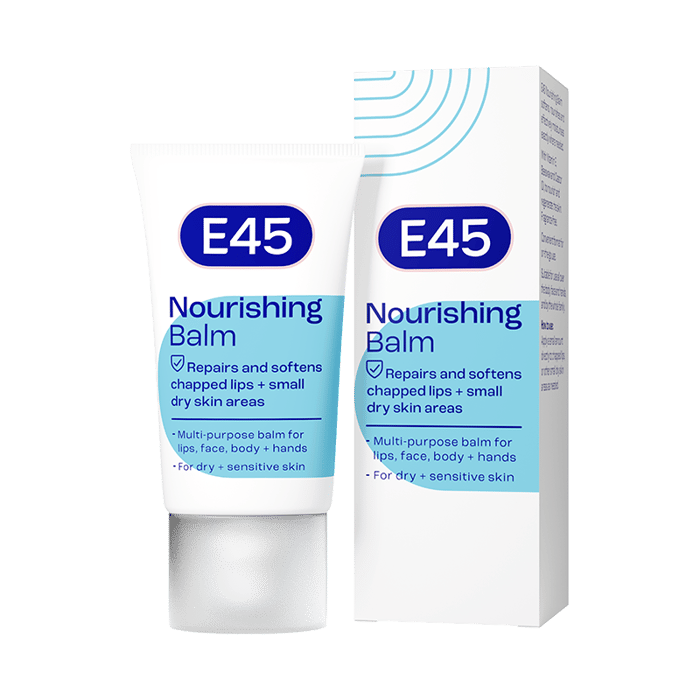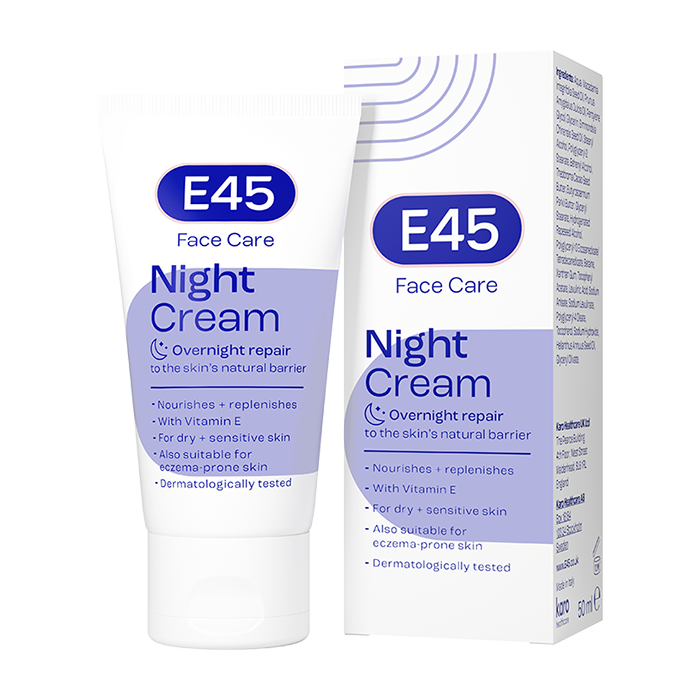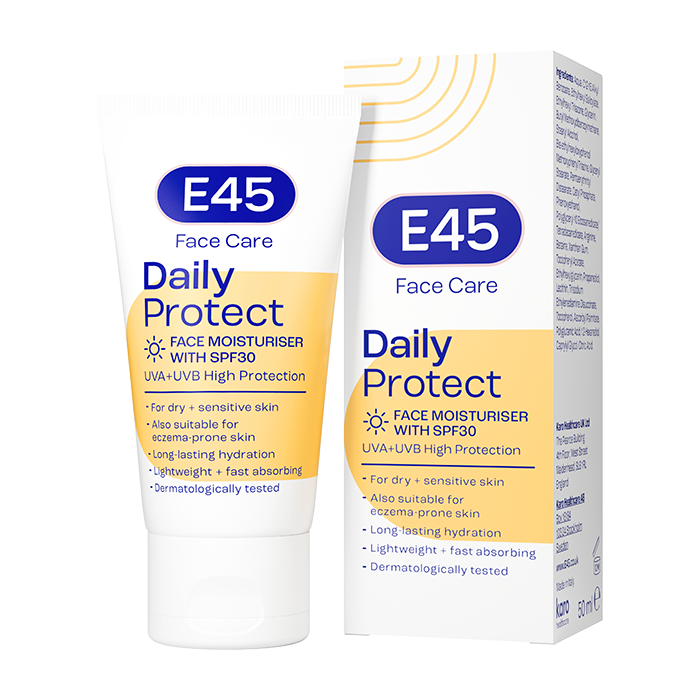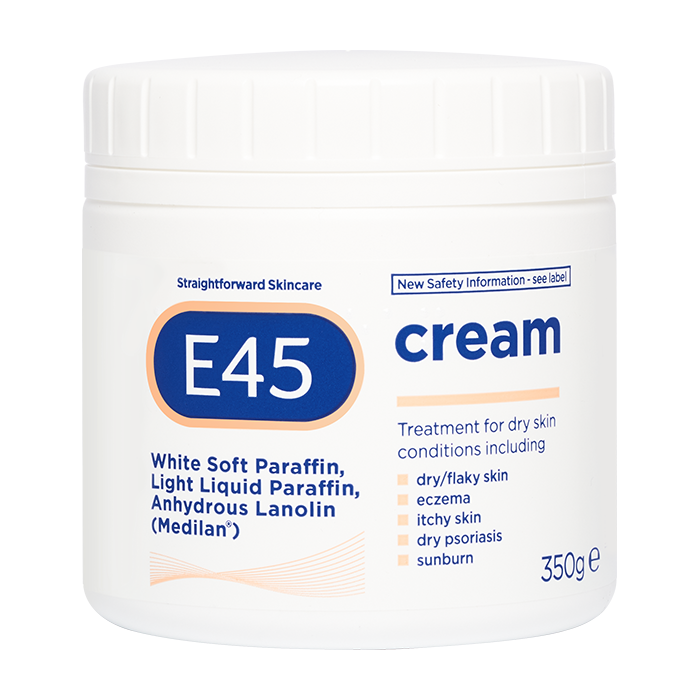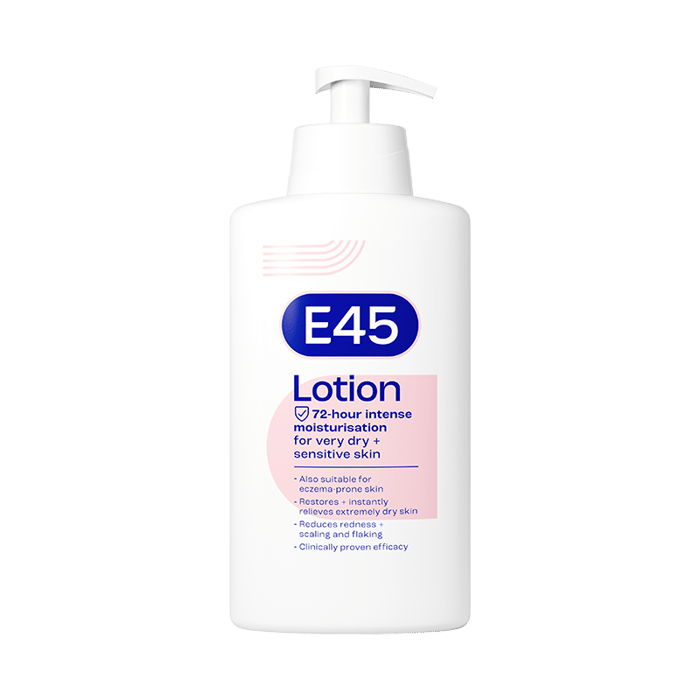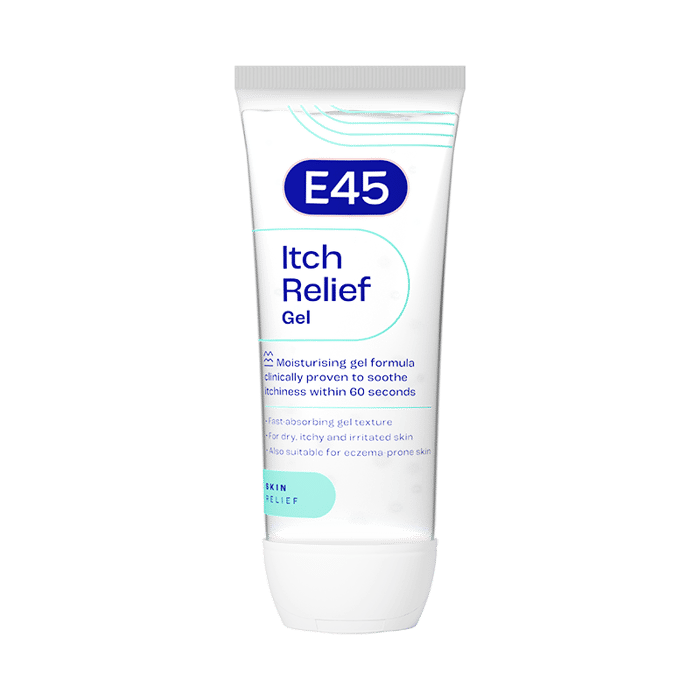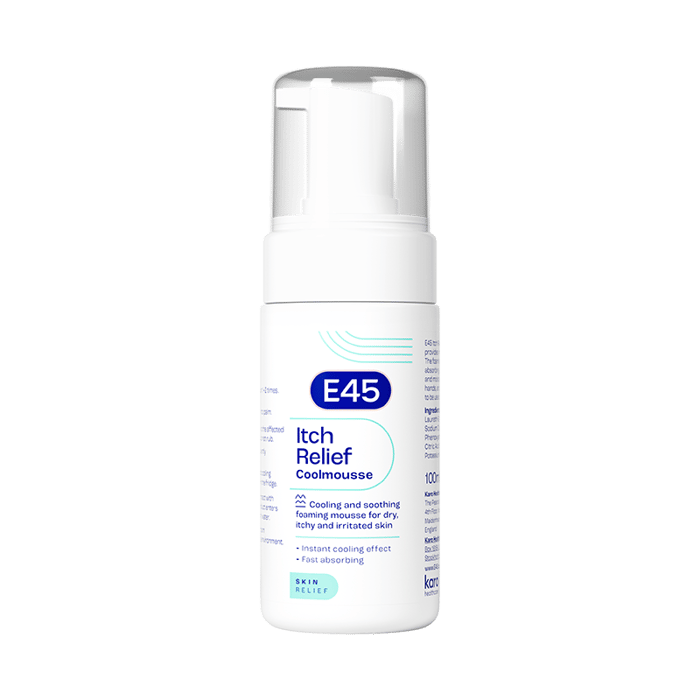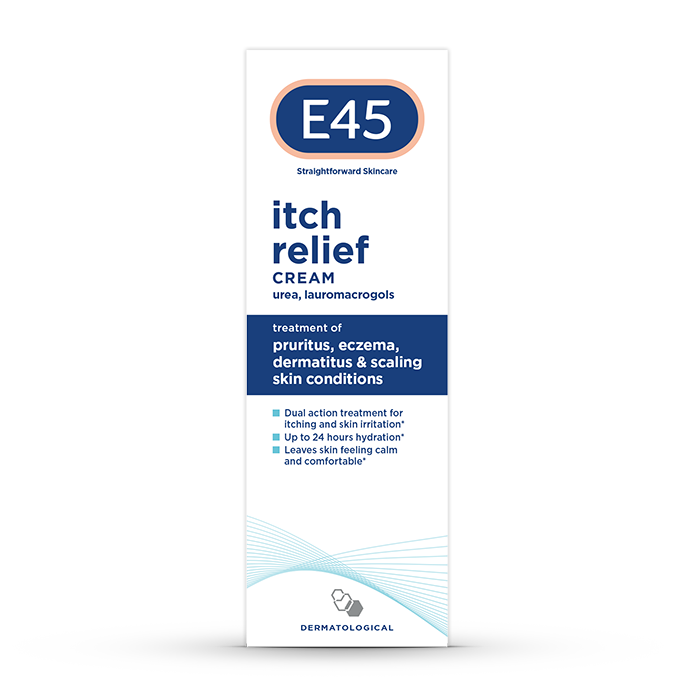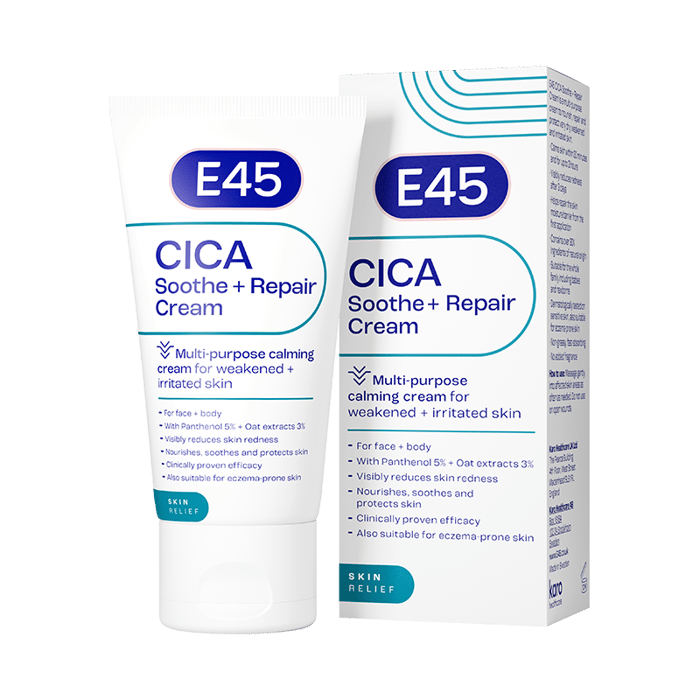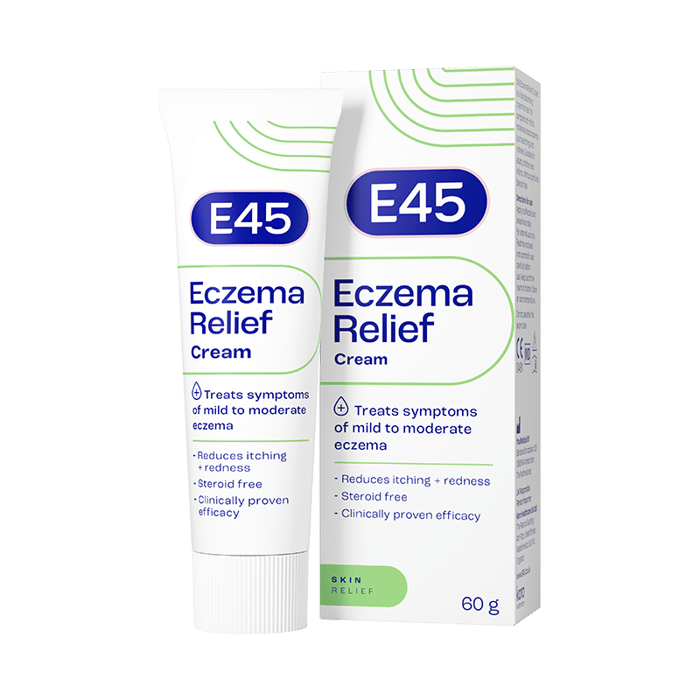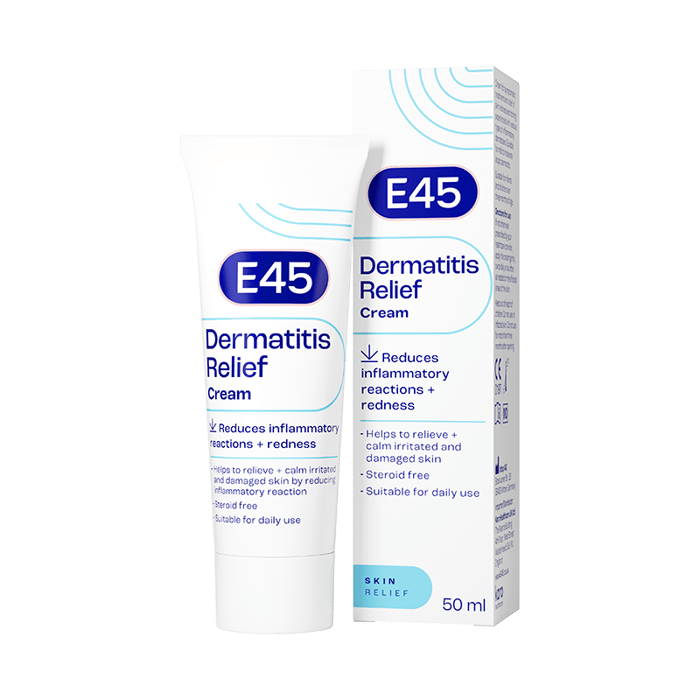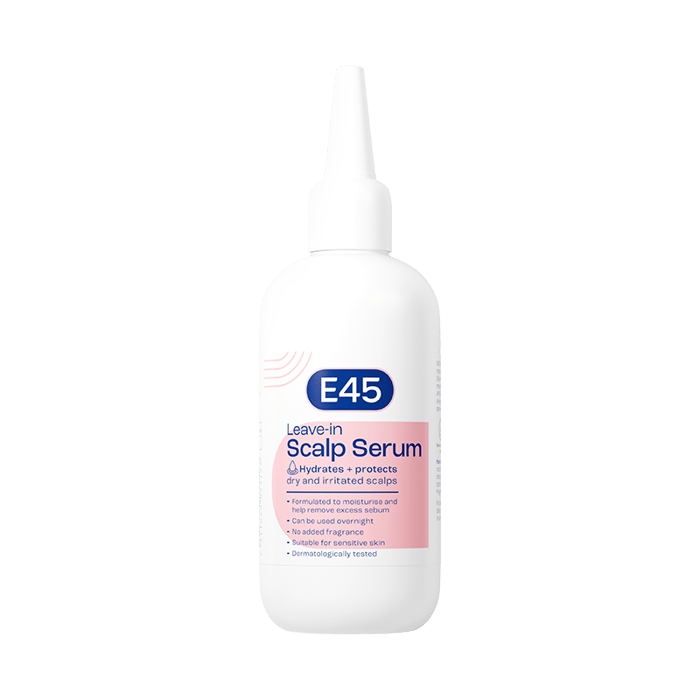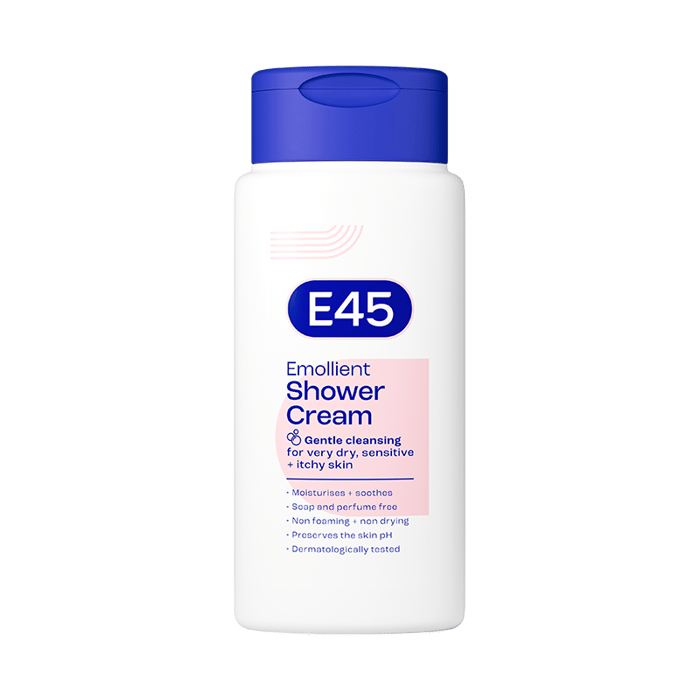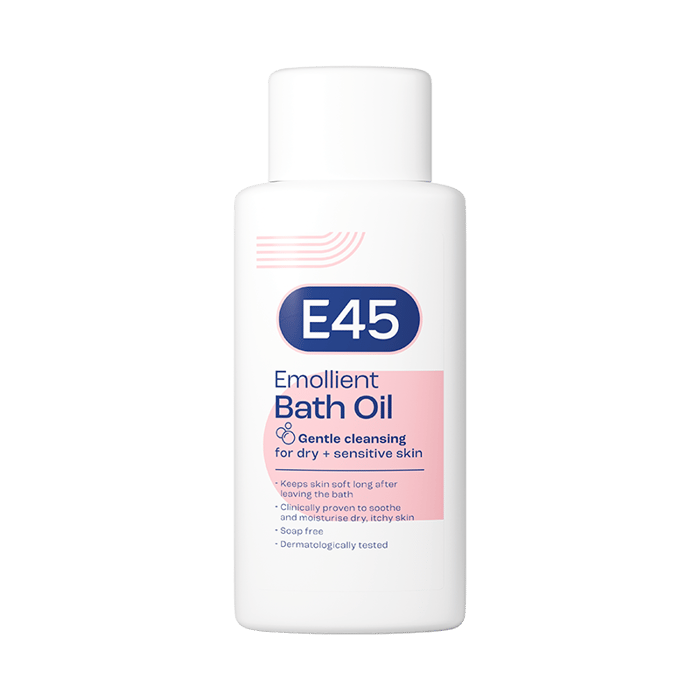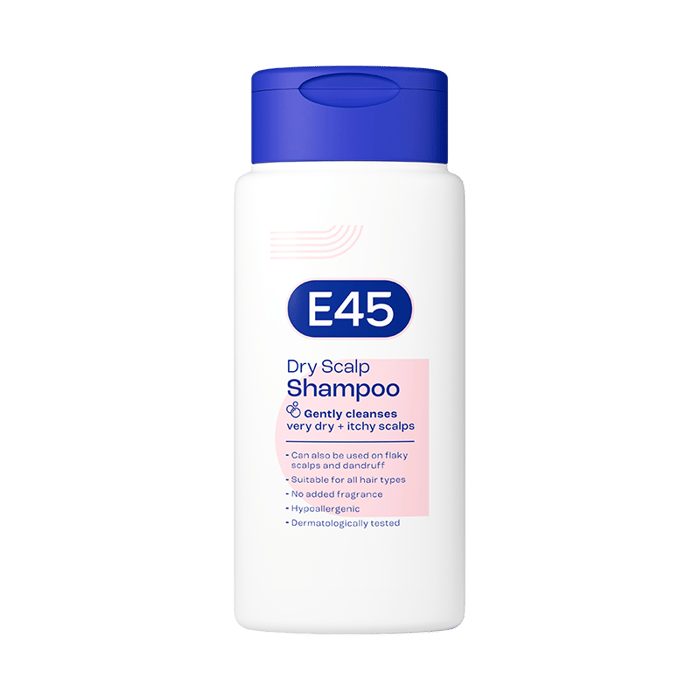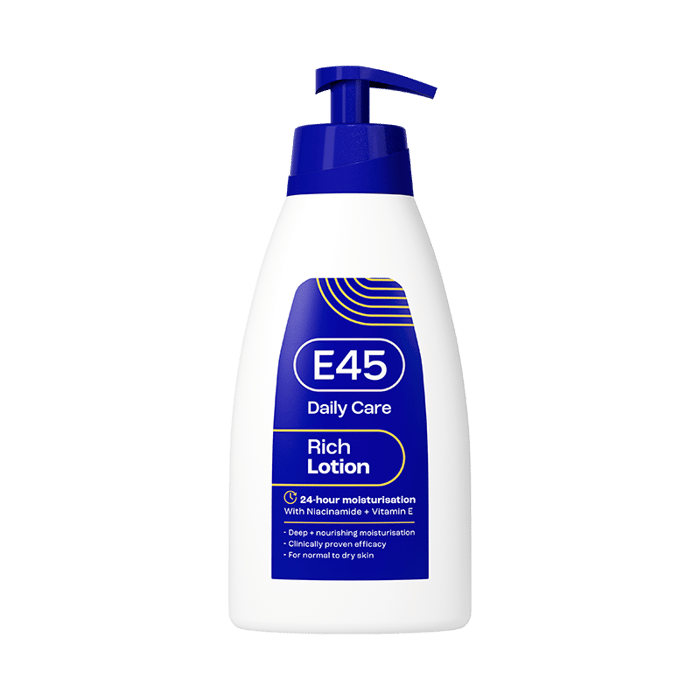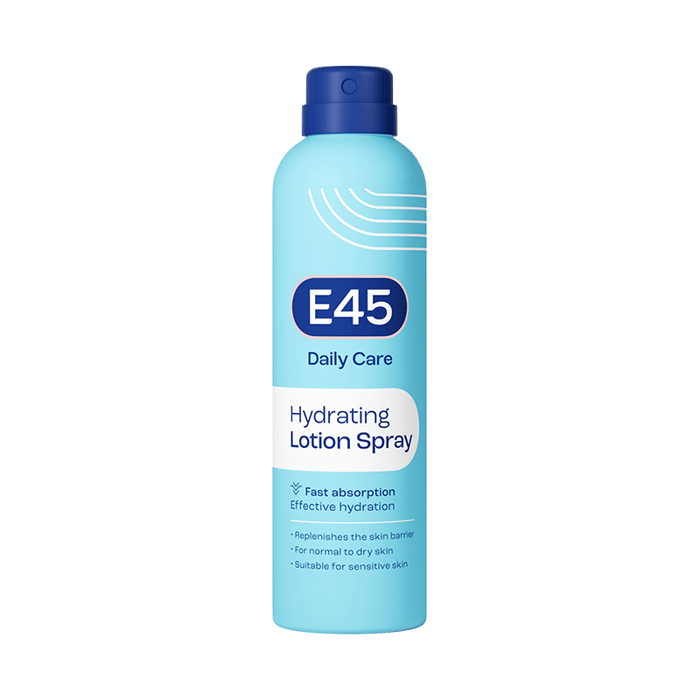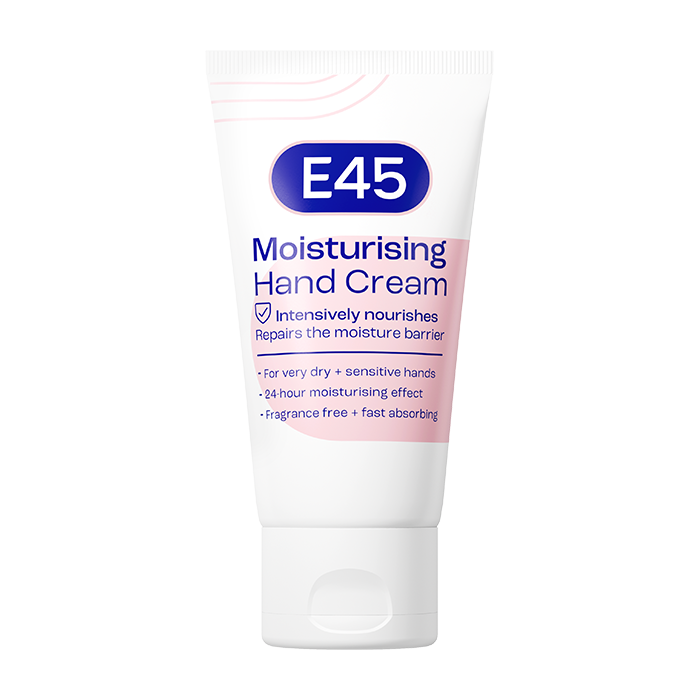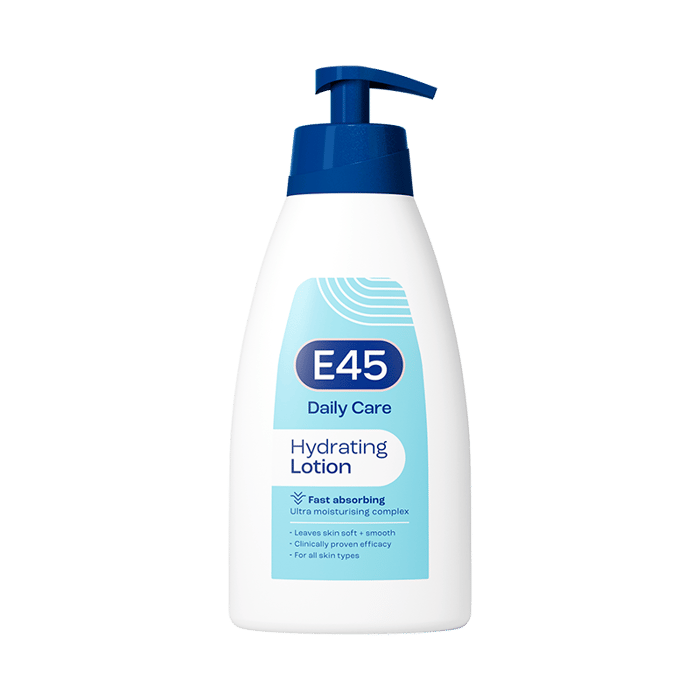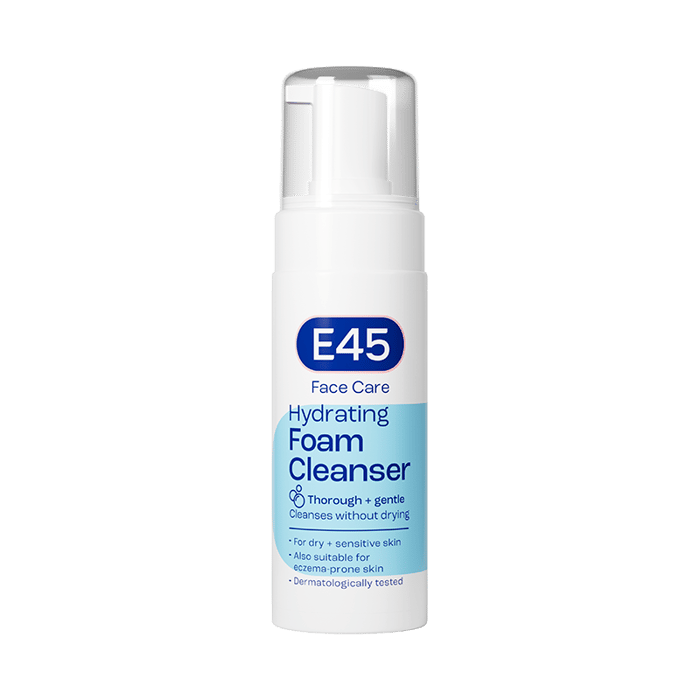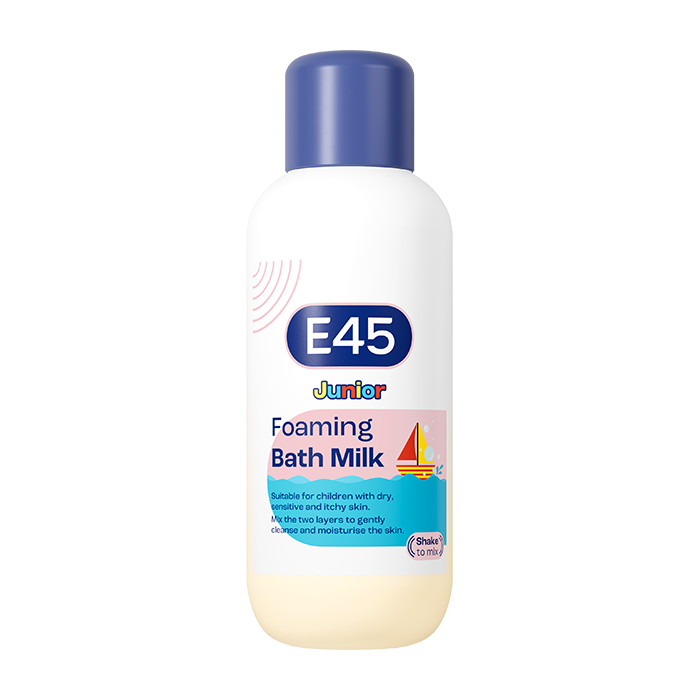Managing lupus and sun sensitivity: A comprehensive guide
Lupus affects approximately 5 million people worldwide and tends to be more common in women. (Source) The sensitivity brought on by lupus, known as photosensitivity, means that the sun can be a potential trigger for lupus symptoms. In this article, we’ll explore the complexities of lupus and sun exposure, and offer practical advice for protecting and caring for your skin.
What is lupus?
Lupus is an autoimmune disease where the body’s immune system attacks its own tissues and organs. This can affect various parts of the body, including the skin. One common symptom people with lupus experience is a rash, especially when exposed to sunlight. Understanding the relationship between lupus, the skin and sun exposure is key to managing this condition effectively.
The link between lupus and sunlight
Sunlight, specifically ultraviolet (UV) rays, can be a trigger for lupus flare-ups. This phenomenon, known as photosensitivity, affects many individuals living with lupus. The sun’s UV rays can cause changes in the skin cells, triggering an immune response which leads to exacerbated lupus symptoms.
Dealing with lupus sun rash
Recognising a lupus sun rash
When living with lupus, being able to recognise the signs of a sun-induced rash is key to managing your condition effectively. This type of rash is a direct result of photosensitivity and has distinct characteristics. Here’s what to watch for:
Appearance and location: The lupus sun rash commonly appears on sun-exposed areas of the skin such as the face, neck and arms. It can vary in appearance, but often looks red, scaly or raised. Many experience what’s known as “butterfly rash” , which appears across the cheeks and nose.
Texture and sensation: You might notice that the rash feels rough or scaly to the touch. It could also be itchy or cause a burning sensation, much like a sunburn.
Reaction time: The rash typically develops or worsens after sun exposure. This reaction can occur within a few hours to a couple of days after being in the sun.
Persistence: Unlike regular sunburn, a lupus sun rash may persist for several days or even longer. It might also flare up intermittently, particularly if you’re frequently exposed to sunlight.
Additional symptoms: Accompanying the rash, you might experience other lupus flare-up symptoms like fatigue, joint pain or a general feeling of being unwell.
Severity: The severity of the rash can vary. For some, it’s a mild annoyance, while for others, it can be more severe and require medical attention.
Understanding these signs can be incredibly helpful in managing lupus. However, each individual’s experience with lupus is unique. If you’re unsure about your symptoms or if your rash is severe, it’s always best to consult a healthcare professional for personalised advice and treatment options.
Why does sun exposure cause lupus to flare?
The exact reason why sun exposure triggers lupus flare-ups is not fully understood. However, it’s believed that UV rays can cause a reaction in the skin cells, leading to inflammation and an immune response. This can exacerbate lupus symptoms, including the skin rash. (Source)
Protecting your skin from the sun
Protecting your skin from the sun is a helpful step in managing lupus. Simple measures include:
- Seeking shade, especially during peak sunlight hours
- Wearing protective clothing like long-sleeved shirts and wide-brimmed hats
- Using a broad-spectrum sun cream with a high SPF. E45 offers a wide selection of sun creams tailored for sensitive skin
For more tips on sun safety and protection, check out our article about sun safety and protection.
Understanding UVA and UVB rays
Both UVA and UVB rays from the sun can affect lupus symptoms. UVA rays can penetrate deeper into the skin and are present all year-round, whereas UVB rays cause sunburn and are stronger during the summer. Understanding the difference is key when choosing sun protection. To understand more about UV and sun exposure, read our guide to UV and sun exposure.
Home remedies and preventive measures
Managing a lupus rash at home
If you develop a rash, some home remedies can be soothing. These include:
- Applying cool compresses to the affected area
- Using moisturisers to keep the skin hydrated. E45 offers a range of products that can be helpful
- Avoiding harsh soaps and chemicals on the skin
Lifestyle adjustments for lupus and sunlight
Making small lifestyle changes can also help manage your skin’s sensitivity to sunlight. This includes:
- Planning outdoor activities for times when the sun is less intense
- Regularly applying and reapplying sunscreen
- Monitoring your skin for any changes and consulting a healthcare professional for guidance
When to seek medical advice
If you’re experiencing severe or persistent symptoms, we recommend consulting with a healthcare professional. They can provide advice that’s tailored to your specific condition and may suggest treatments or lifestyle changes that can help manage lupus symptoms.
Conclusion
Living with lupus means being mindful of your skin’s reaction to the sun. By understanding the link between lupus and sunlight, protecting your skin and knowing when to seek professional advice, you can better manage your symptoms and enjoy a healthier lifestyle. Taking care of your skin isn’t just about avoiding discomfort; it’s about embracing habits that support your overall wellbeing.
FAQ: Lupus Rash
Can skin lupus be cured?
Currently, there is no cure for skin lupus, but its symptoms can often be managed effectively with treatment and lifestyle adjustments.
What does the lupus rash look like?
A lupus rash often appears as a red, raised, scaly patch, typically on sun-exposed areas like the face, neck and arms. The classic “butterfly rash” over the cheeks and nose is a common manifestation.
Is lupus serious?
Lupus varies widely in severity and can be serious. It’s a chronic autoimmune disease that can affect different organs and systems in the body, requiring careful management and treatment.
What are the symptoms of lupus in a woman?
Symptoms of lupus in women can include joint pain, fatigue, a characteristic rash (especially after sun exposure), fever and hair loss, amongst others. Symptoms vary widely among individuals.

